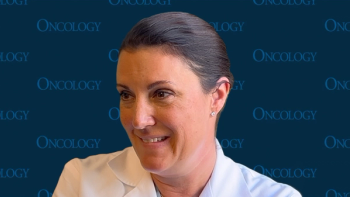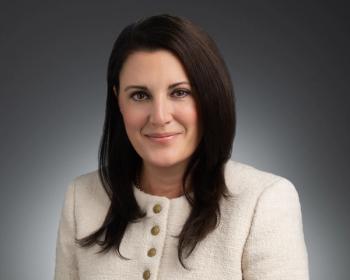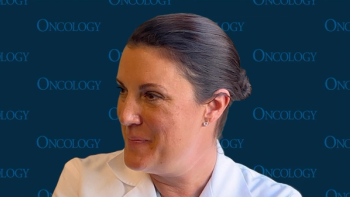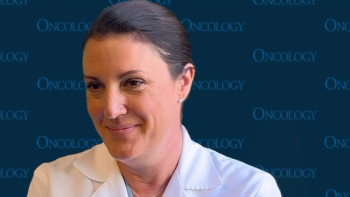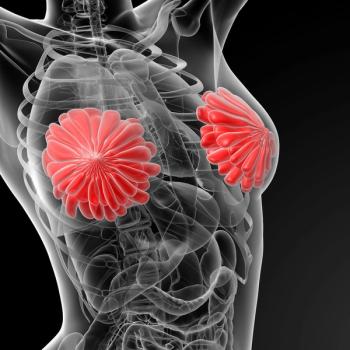
Oncology NEWS International
- Oncology NEWS International Vol 18 No 6
- Volume 18
- Issue 6
Mistrust, costs reduce breast cancer screening among minorities
Negative perceptions and tough economic times keep women away from screening programs, but self-examination still highly rated.
Negative perceptions and tough economic times keep women away from screening programs, but self-examination still highly rated.
CAREFREE, ARIZ.-Distrust of healthcare providers, cultural barriers, lack of information about the benefits of screening, or simply the need to cut corners might all contribute to the levels of compliance for breast cancer screening among minorities, including African Americans and Hispanics, according to research presented at the 2009 AACR Conference on the Science of Cancer Health Disparities.
In one of the studies, a group from Michigan State University in East Lansing found that more than two-thirds of minority women believe that healthcare organizations sometimes mislead or even purposely deceive patients.
This perception, among a series of other factors, may be preventing these women from getting breast cancer screenings, said principal investigator Karen Patricia Williams, PhD, an assistant professor of ob/gyn and reproductive biology at the university’s College of Human Medicine.
Based on interviews with 341 women, Dr. Williams and colleagues found that 39% of African-American women expressed distrust. About 15% of Latinas and 9% of Arab-American women said they were suspicious.
Nearly half of all women in the study who had never undergone mammography screening said they believe medical organizations have experimented on patients without their knowledge. And almost two-thirds of women who had not received a breast exam in the last year agreed they are not sure if care providers really know what they are doing. Another significant finding of the study was that many minority women will use health services only when they are sick.
In a separate study involving 317 Mexican-American women from the ELLA Binational Breast Cancer Study, University of Arizona researchers determined that 68% of breast cancers in Hispanic women were self-detected. Although screening mammography rates were high for U.S.-born (85%) and foreign-born women (63%), only 22% of cancers were mammography detected and 6% were physician detected through a clinical exam.
Half (51%) of the women with breast cancer waited at least one month before seeking medical attention, said study author Rachel Zenuk, a graduate student at the University of Arizona Cancer Center in Tucson. Delaying medical care was associated with a lack of health insurance (31%) and not feeling it was important (33%).
Articles in this issue
over 16 years ago
ADT in prostate ca increases risk of bone and heart complicationsover 16 years ago
Abraxis backs SPARC as prognostic biomarkerover 16 years ago
ALK-1 receptor: New target in angiogenesisover 16 years ago
Abraxane prolongs PFS in metastatic diseaseover 16 years ago
SAVI applicator removes obstacles associated with brachytherapyover 16 years ago
Oral chemotherapy poses more challenges for cancer communityover 16 years ago
CMS nixes CT colonography screeningover 16 years ago
New ultrasound strategy helps pinpoint prostate tumorsNewsletter
Stay up to date on recent advances in the multidisciplinary approach to cancer.


